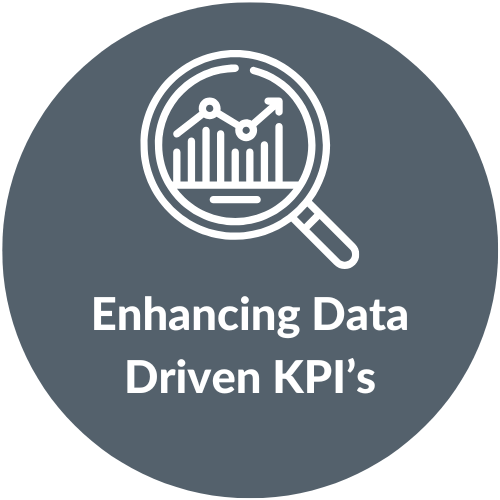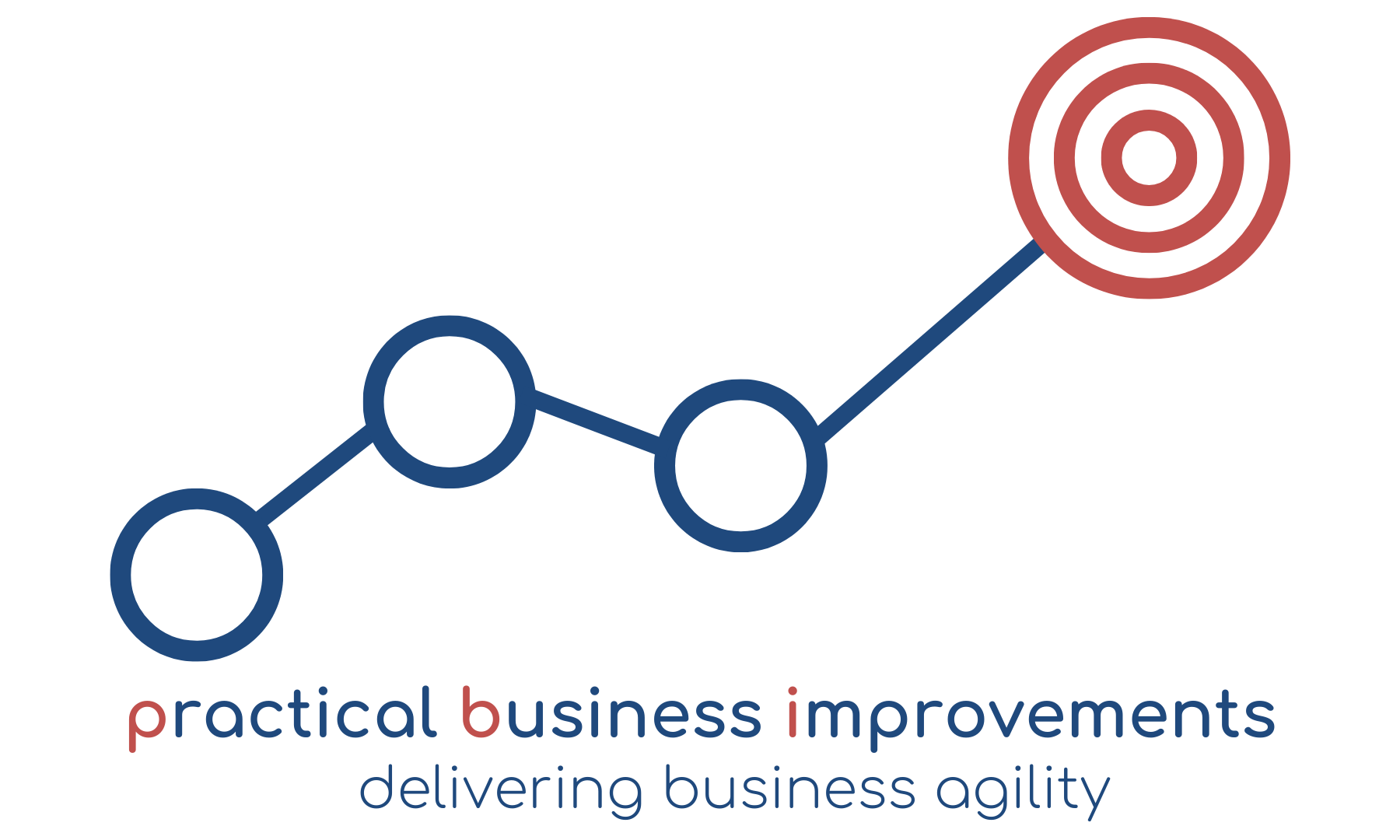Waste Reduction - Moulder Side Plates

about this project
Over time, dough feeder side plates in the moulding machines became brittle and damaged through continuous use. Once compromised, these plates allowed dough to escape from the sides of the hopper, falling directly onto the floor and becoming pig waste. This led to significant yield loss, additional cleaning requirements, and extended production times to meet customer demand.
By introducing a regular replacement cycle for the side plates, at a significantly reduced cost per set, the manufacturing client was able to reduce waste, improve yield, cut production days, and deliver substantial annual savings.
Key Project Summary "At a glance"
Project Scope
- All production sites
- Replacement of dough feeder side plates across 26 lines
- Focus on 5 top-volume product codes for business case calculations
-
- Applicable improvement to all product codes produced
Improvement Strategy
- Replace side plates on a cyclical basis, reviewed annually as part of the engineers’ planned maintenance
- Agreement from Factory Managers to base replacement cycle on waste (kg) data
- Introduce notification system in the PPM to alert engineers when replacements are due
- Secure reduced price for side plates from £2,400/set to £180/set through supplier engagement and bulk purchasing
Benefits Delivered
- £135K+ per year savings in raw dough across only 5 top product codes (the business has 180+ top codes)
- £480K+ per year savings in finished product across 5 top product codes
- Waste at production end reduced by 89kg per day (from 110kg to 21kg)
- Nearly 14 production days saved annually across only 5 top product codes
- Side plate replacement cost saving of £57,720 per year across all 26 lines
- Improvement applies to
all product codes
using moulding hoppers
People Involved
- Sponsor: Senior Operations Leader
- Delivery team: Factory Managers and Engineers across all sites
- Support: Finance team (costing and savings validation)
- Role of PBI: Facilitated problem identification, coordinated data analysis, supported solution design, and embedded sustainability measures into engineering activity
Focus Area
- Primary issue: Side plates wearing and breaking over time, allowing dough to escape the hopper
- Impact: Increased waste (pig feed), reduced yield, longer production runs, and unnecessary ingredient loss
- KPIs targeted:
- Waste (kg) per day at moulding stage
- Yield improvement (£) in raw dough and finished goods
- Production days saved
- Cost reduction in side plate replacements
Process Taken
- Problem identification: Waste figures from production lines reviewed, highlighting significant losses where side plates had degraded.
- Data collection and analysis: Baseline waste figures established at 110kg/day, tested with replacement plates, achieving 21kg/day.
- Solution design:
- Implement cyclical side plate replacement as part of annual engineering activity
- Use PPM system to flag replacement timings
- Negotiate reduced cost per set from supplier
4. Pilot and validation: Calculated yield improvements and production days saved for top 5 product codes across multiple lines
5. Roll-out: Agreement to apply process to all 26 lines, with impact expected across all product codes
6. Sustainability: Waste data continues to be monitored, annual review to determine replacement schedule

